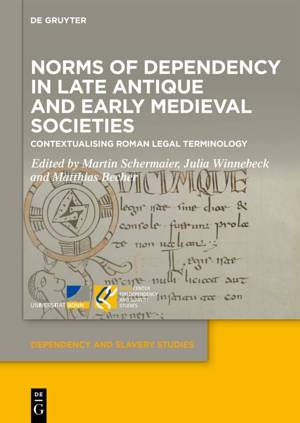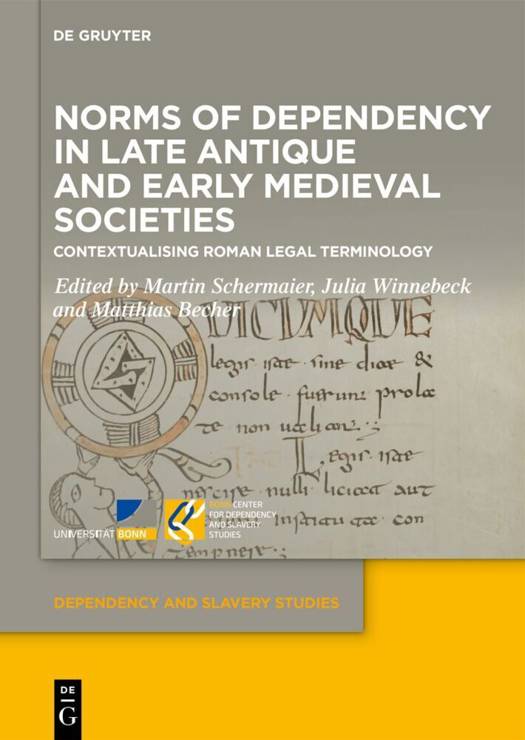
- Retrait gratuit dans votre magasin Club
- 7.000.000 titres dans notre catalogue
- Payer en toute sécurité
- Toujours un magasin près de chez vous
- Retrait gratuit dans votre magasin Club
- 7.000.000 titres dans notre catalogue
- Payer en toute sécurité
- Toujours un magasin près de chez vous
Norms of Dependency in Late Antique and Early Medieval Societies
Contextualising Roman Legal Terminology
Description
Late antique and early medieval normative sources frequently employ Roman legal terminology to denote a person's legal inferiority, and thus suggest the continued relevance of the concepts associated with these terms. However, it is far from clear to what extent the use of identical terminology actually indicates the similarity of social phenomena. There is ample evidence of important changes regarding the rights and duties of enslaved persons and the development or emergence of other, new, forms of asymmetrical dependency. This raises the question to what extent consistency in terminology and legal practice is actually an indicator of the stability of social structures. Against this background, a group of scholars of legal, ecclesiastical, and social history were invited to a conference at the BCDSS in March 2022 to scrutinise different law codes and legal sources for their evidence of dependency. The result are these ten papers that truly enhance our understanding of slavery and other dependency relations in late antique and early medieval societies from c. 100 to c. 900 CE.
Spécifications
Parties prenantes
- Editeur:
Contenu
- Nombre de pages :
- 280
- Langue:
- Anglais
- Collection :
- Tome:
- n° 19
Caractéristiques
- EAN:
- 9783111659527
- Format:
- Livre relié
- Dimensions :
- 170 mm x 240 mm






